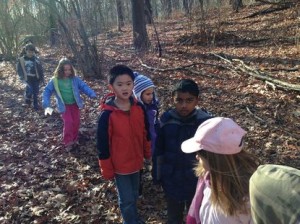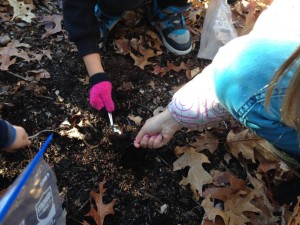Posted by kavery508 | Posted in Uncategorized | Posted on December 1, 2013
![images[5]](https://mraverysclass.edublogs.org/files/2013/12/images5-2fut9c3-300x106.jpg) You are invited! On Wednesday, December 18, our class will be performing a concert of winter songs for family and friends. Please bring as many guests as you like. We will perform in the café at 9:30, with “Reception for the musicians” to follow (a.k.a. our class party) until 10:15. While we are discouraged from sharing food from home, I am exploring the possibility of having the food services cater the event as a viable option. I will let you know more as soon as I know myself, including ways you can contribute.
You are invited! On Wednesday, December 18, our class will be performing a concert of winter songs for family and friends. Please bring as many guests as you like. We will perform in the café at 9:30, with “Reception for the musicians” to follow (a.k.a. our class party) until 10:15. While we are discouraged from sharing food from home, I am exploring the possibility of having the food services cater the event as a viable option. I will let you know more as soon as I know myself, including ways you can contribute.
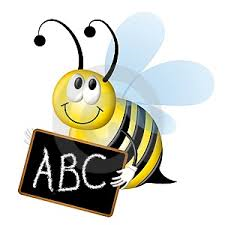 Spelling homework continues, with new word lists this week. Our phonics focus is on initial blends cr-, cl-, fr-, and fl-, and the first 5 words will reflect this. How is homework going? As kids get used to the routine, let me know if you think your child needs a change of list from A, B, or C. The second 5 words will be Nifty Fifty and Dolch words. Children will get new sight words each week to replace any they spelled correctly on the quiz. Note: the word “a” can be pronounced “ay” or “uh” (as in “a ball; a dog; etc.”) so both ways should be practiced.
Spelling homework continues, with new word lists this week. Our phonics focus is on initial blends cr-, cl-, fr-, and fl-, and the first 5 words will reflect this. How is homework going? As kids get used to the routine, let me know if you think your child needs a change of list from A, B, or C. The second 5 words will be Nifty Fifty and Dolch words. Children will get new sight words each week to replace any they spelled correctly on the quiz. Note: the word “a” can be pronounced “ay” or “uh” (as in “a ball; a dog; etc.”) so both ways should be practiced.
Another suggested strategy for memorization (works best for short words): on an erasable surface, write the word but omit one letter. Ask, “What’s missing?; Where does it go?”. Children then write the word, including the letter that was missing. Repeat 2 or more times with a different letter missing each time. If you don’t have an erasable surface, you can write the words in large letters, cut them out, and “spell” the word that way.
 Our CAFE focus is on Fluency, and includes the strategy “Pay attention to end marks.” As students read aloud, it is important to pause at the ends of sentences and include the correct inflection (e.g. voice going up for question marks, down for periods, and with emphasis for exclamation points). This shows they understand both the nuances of language and what is being read.
Our CAFE focus is on Fluency, and includes the strategy “Pay attention to end marks.” As students read aloud, it is important to pause at the ends of sentences and include the correct inflection (e.g. voice going up for question marks, down for periods, and with emphasis for exclamation points). This shows they understand both the nuances of language and what is being read.
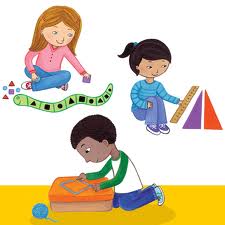 In math we are learning the concepts behind spatial measurement. We have been using body parts to measure objects and distances in the classroom to understand how people long ago used to do it. We will be introduced to the “foot long foot” (see math homework) and use it to begin to understand conventional standard measurements. See PBS Kids for measurement games and videos: http://pbskids.org/games/measurement/
In math we are learning the concepts behind spatial measurement. We have been using body parts to measure objects and distances in the classroom to understand how people long ago used to do it. We will be introduced to the “foot long foot” (see math homework) and use it to begin to understand conventional standard measurements. See PBS Kids for measurement games and videos: http://pbskids.org/games/measurement/
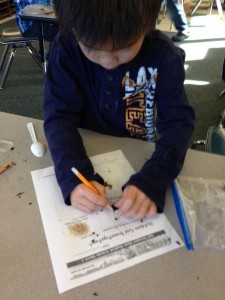 As we wrap up our science work with earth materials, we will summarize and extend our learning by using a nonfiction resource to give us information that we will use to compare and contrast sand vs. soil. Then we will learn to use the skills of inquiry to ask and answer the question, “Which earth material that we have studies will plants grow best in?” Students will be engaged in the design of an experiment to test out the question (perhaps growing plants in various materials) and will begin to make observations (with realistic drawings, labels, and a title as we have learned to do).
As we wrap up our science work with earth materials, we will summarize and extend our learning by using a nonfiction resource to give us information that we will use to compare and contrast sand vs. soil. Then we will learn to use the skills of inquiry to ask and answer the question, “Which earth material that we have studies will plants grow best in?” Students will be engaged in the design of an experiment to test out the question (perhaps growing plants in various materials) and will begin to make observations (with realistic drawings, labels, and a title as we have learned to do).
 Next in social studies, we will further our experience with maps by learning about symbols (simple drawings, often with accompanying labels, that represent places). Our previous work was with pictures of places, such as the climbing structure and other large objects on the playground. We are now learning to represent those objects with a crude drawing. This kind of abstract thinking is important to develop, since understanding maps means interpreting the place and direction of real life things on paper. You can play along at home by creating simple drawings of objects in a room or a specific outside location (back yard; ball field; shopping mall) and arranging them in a spatially correct way.
Next in social studies, we will further our experience with maps by learning about symbols (simple drawings, often with accompanying labels, that represent places). Our previous work was with pictures of places, such as the climbing structure and other large objects on the playground. We are now learning to represent those objects with a crude drawing. This kind of abstract thinking is important to develop, since understanding maps means interpreting the place and direction of real life things on paper. You can play along at home by creating simple drawings of objects in a room or a specific outside location (back yard; ball field; shopping mall) and arranging them in a spatially correct way.

